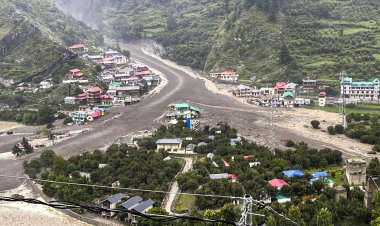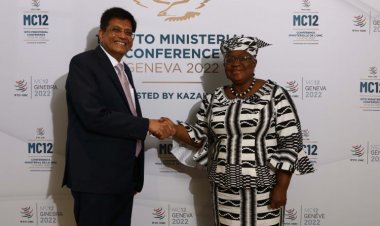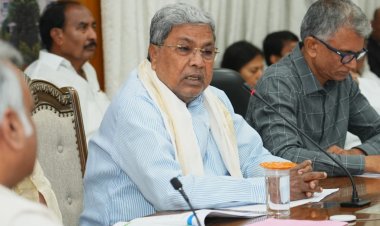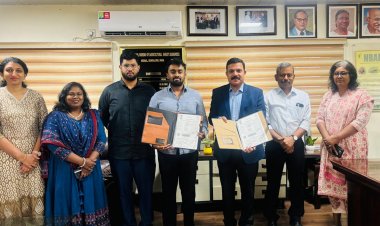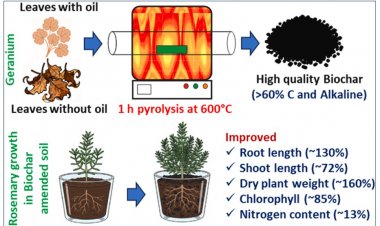National Monetisation Pipeline: Privatisation of govt-owned assets by another name
Asset monetisation raises three sets of questions. First, are the assets identified for monetisation “idle” or “performing”? Surely, they cannot be both. Secondly, can the country’s ordinary citizens expect to receive the purported “additional benefits”? And, finally, could the government have looked for other avenues for mobilizing resources, rather than selling taxpayers’ assets?
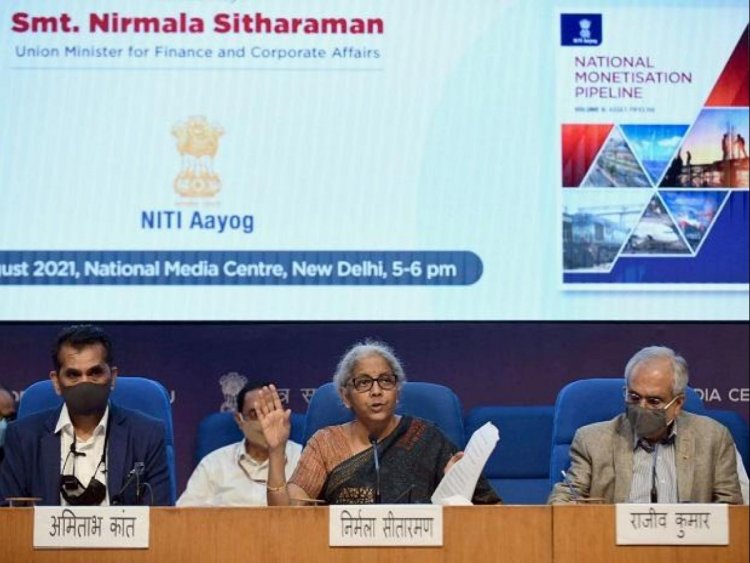
In her Budget for 2021-22, Finance Minister Nirmala Sitharaman had announced her Government’s decision to monetize operating public infrastructure assets, declaring it as an important financing option for constructing new infrastructure. She announced that a “National Monetisation Pipeline” (NMP) would be launched to achieve this objective. Seven months later, the NMP was unveiled, which shows that the government intends to raise Rs 6 lakh crores over the next four years by monetising several “core assets”. The term asset monetisation is not new in this government’s lexicon. It has been used during the proposed disinvestment of Air India and other public sector enterprises. Thus, asset monetization is de facto “privatisation” of government-owned assets by another name.
One possible reason for the change in the terminology is the strong political undertones associated with the term “privatisation”. A two-volume NITI Aayog report, which serves as the “asset monetisation guidebook”, explains that the NMP will help in “evolving a common framework for monetisation of core assets” and this will help draw a distinction from privatization. But is there a functional distinction between asset monetisation and privatisation?
NITI Aayog report describes asset monetization as “transfer of performing assets … to unlock “idle” capital and reinvesting it in other assets or projects that deliver improved or additional benefits”. In my view, asset monetisation raises three sets of questions. First, are the assets identified for monetisation “idle” or “performing”? Surely, they cannot be both. Secondly, can the country’s ordinary citizens expect to receive the purported “additional benefits”? And, finally, could the government have looked for other avenues for mobilising resources, rather than selling taxpayers’ assets?
The government has identified “performing assets” for transferring to private entities and these are both strategic and significant. These include over 26,700 km of highways, 400 railway stations, 90 passenger trains, 4 hill railways, including the Darjeeling Himalayan Railway. Moreover, existing public sector infrastructure in telecoms, power transmission and distribution, and petroleum, petroleum products and natural gas pipelines are included in the NMP. If such assets were not offered, would the private sector be interested in acquiring rights over them?
Under the NMP, the Government intends to lease or divest its rights over these assets via long-term leases against a consideration that can be upfront and/or periodic payments. Thus, expected financial flows from leasing or divesting the government’s share in these entities would be a major benefit for the Central Government, which is in the throes of a fiscal crisis. At the end of 2020-21, the Central government’s debt-to-GDP ratio had exceeded 60 per cent, increasing from 48.6 per cent a year before. Current expectations are that in 2021-22, this figure will be close to 62 per cent. Given this situation, the NMP is being projected as the ability of the government to raise resources and to work its way out of the fiscal logjam.
The most surprising aspect of the Finance Minister’s announcement regarding the NMP is that the government has avoided mentioning the consequences of asset monetization on the ordinary citizens of the country. To understand this issue, two obvious dimensions need to be considered. First, the assets that are being offered for leasing or divestment have all been created through substantial contributions by the tax-paying public, who have stakes in their operation and management. Secondly, these assets have, until now, been managed by the government and its agencies, which operate in the public interest and are not driven by profit-making considerations. Therefore, charges borne by the public for using these assets have remained reasonable. With private companies getting the sole responsibility of running all these assets, from highways and railways to all the major utilities like power, telecom and gas, citizens of this country would be double-taxed. First, they paid taxes to create the assets and would now pay user charges, adversely affecting their household budgets.
The reason for this is simple. Unlike the public sector entities, private sector companies are mandated, and quite justifiably so, to maximise their profits and to increase the returns enjoyed by the shareholders. In other words, it is not social benefit, but higher private returns that drive the corporates. Therefore, as the government prepares to transfer “performing assets” to private companies, they have the responsibility to ensure that user charges do not price the consumers out of the market. This critical dimension has not clearly been spelt out even in the NITI Report. It is evident that consumers’ interests can be protected only if the government can curb profit-maximising tendencies of the companies through regulators.
In the past episodes of privatisation of utilities, instead of effective regulation, there have been instances of regulatory capture, resulting in the exploitation of consumers. Take, for example, the privatisation of the power distribution system in the country’s capital. The then Congress government privatised power distribution, and this resulted in a steep increase in power charges that not only threatened to price out the poorer sections but adversely affected the middle class as well. Providing cheaper power was one of the main election promises of the Aam Aadmi Party, which was fulfilled by providing subsidised power to the consumer. But little does the capital’s electorate realise that the government is providing subsidies from the taxes it collects. This implies that the city’s taxpayers are either paying higher taxes and/or foregoing public services for “benefiting” from “cheaper” power charges, while the companies are continuing to earn their promised profits.
Finally, since the proposed asset monetisation has resulted from the resource crunch faced by the government, a pertinent question is whether there were other avenues that it could have tapped for plugging the resource gap. One possibility was to increase the tax revenue, for at 17.4 per cent in 2019-20, India’s tax-to-GDP ratio was relatively low, as compared to most advanced nations. Improvements in tax compliance and plugging loopholes have long been emphasized as the surest way to improve tax revenue, but little has been done, as the following example shows. Since 2005-06, the government has been providing data on the profits declared and taxes paid by companies that file their returns electronically. This data reveals that, in 2005-06, 40 per cent of these companies had declared that they were not earning any profits, and this figure had increased to over 51 per cent in 2018-19. Further, the share of the reporting companies earning profits of Rs 1 crore or less was 55 per cent in 2005-06; this figure had declined to 43 per cent in 2018-19. These numbers lend themselves to only one conclusion, India’s large companies have been exploiting the loopholes for reporting lower profits and to escape the tax net. But why have successive governments been so indulgent?
According to the NITI Aayog, the “strategic objective of Asset Monetisation programme is to unlock the value of investments in public sector assets by tapping private sector capital and efficiencies.” The NITI Aayog objective assumes that public sector enterprises are inefficient, which is contrary to reality. In 2018-19, while 28 per cent of these enterprises were loss-making, the corresponding figure for large companies was 51 per cent. Is it then realistic to assume that the asset monetisation programme would necessarily be efficient?
(Dr Biswajit Dhar is a Professor at Centre for Economic Studies and Planning, School of Social Sciences, Jawaharlal Nehru University. The views expressed here are his own.)



 Join the RuralVoice whatsapp group
Join the RuralVoice whatsapp group

















